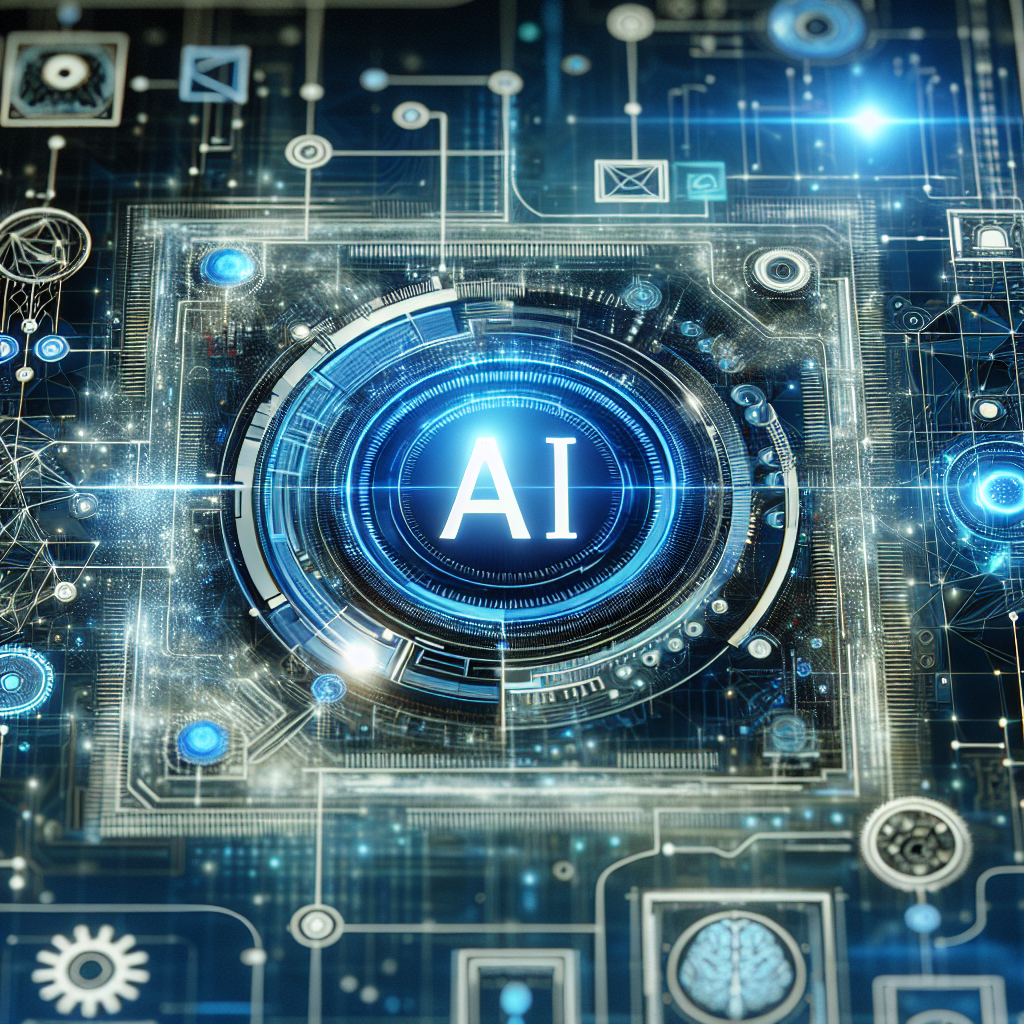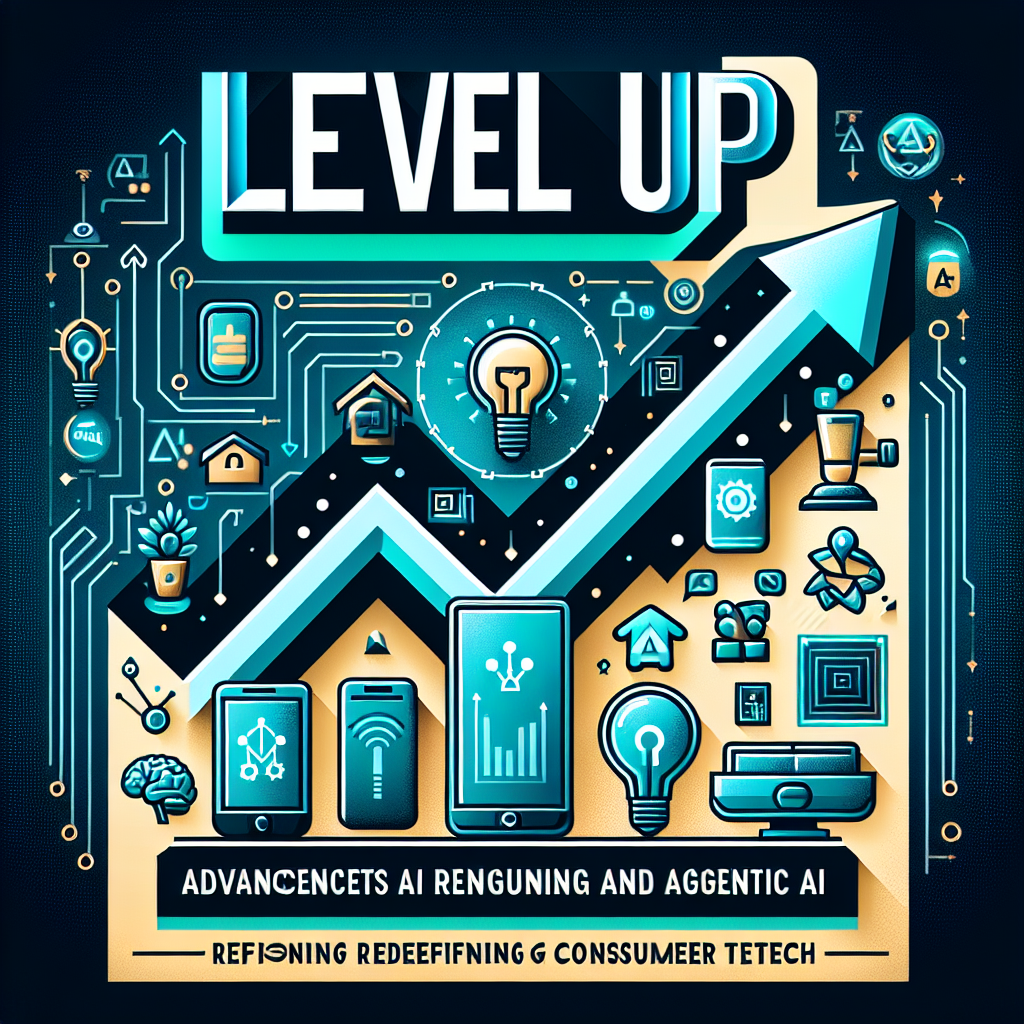2025 AI Revolution: From Agentic Intelligence to Custom Silicon — The Defining Trends Shaping the Future
Posted on May 21, 2025

In 2025, AI adoption is accelerating worldwide, driven by more efficient, affordable models and a surge in enterprise use. Key trends include the rise of agentic AI—autonomous systems capable of independent tasks—advanced AI reasoning requiring custom silicon for optimized performance, and the global expansion of AI innovation beyond traditional centers. Investment continues to soar, particularly in generative AI, while applications in healthcare and transportation highlight AI’s integration into everyday life. The year marks a shift from AI as a tool to AI as a collaborative partner, promising transformative impacts across sectors.
Artificial Intelligence (AI) in 2025 is undergoing a transformative phase marked by rapid adoption, technical sophistication, and broad societal integration. This year, AI is moving beyond experimental stages and becoming a deeply embedded tool across industries and daily life, fueled by key trends that will define the technological and business landscape.
One major development is the surge in AI model efficiency and accessibility. Advances in smaller, more capable models have dramatically reduced inference costs, enabling wide-scale adoption not just by large enterprises but also smaller players and emerging economies. This democratization drives AI use from healthcare, where over 223 AI-enabled medical devices gained FDA approval by 2023, to transportation, where autonomous vehicle fleets like Waymo in the U.S. and Baidu’s Apollo Go in China operate at scale, providing hundreds of thousands of rides weekly[1].
Investment in AI continues to soar, with the U.S. leading globally by a significant margin—private AI investment hit $109.1 billion in 2024, dwarfing China and Europe. Generative AI remains a powerful magnet for funding, reflecting its exploding utility across creative, business, and research domains. Correspondingly, enterprise AI adoption rose sharply, with 78% of organizations deploying AI in 2024, up from 55% the previous year[1][2].
Technical sophistication is rising through AI reasoning capabilities—AI systems increasingly move beyond pattern recognition to advanced learning and decision-making, which drives demand for specialized hardware. The chip industry responds with custom silicon and application-specific integrated circuits (ASICs) tailored for AI tasks, improving efficiency and performance over general GPUs. This trend supports the expansion of AI at the edge, in smaller, power-constrained devices, expanding AI’s reach and real-time responsiveness[3].
Another defining trend is the rise of agentic AI—autonomous AI systems capable of independently executing complex tasks and collaborating across workflows. Although still nascent, agentic AI is anticipated to reshape how businesses and individuals use AI, moving from generating content to performing substantive, coordinated actions. Industry surveys indicate readiness and eagerness to invest heavily in these systems, heralding a shift from AI as an assistant to AI as a collaborator and executor[5].
The global AI innovation landscape remains centered in the U.S., though China is rapidly closing performance gaps in leading benchmarks and dominates in publications and patents. Meanwhile, AI research and model development is becoming more geographically diverse, incorporating significant contributions from the Middle East, Latin America, and Southeast Asia, underscoring a worldwide AI growth trajectory[1].
In summary, 2025 is a year where AI’s promise is increasingly realized through practical deployment, specialized infrastructure, and the emergence of intelligent autonomous agents. These trends reflect a pivotal moment, with AI evolving from a powerful technology to an indispensable part of innovation and daily human activity.


